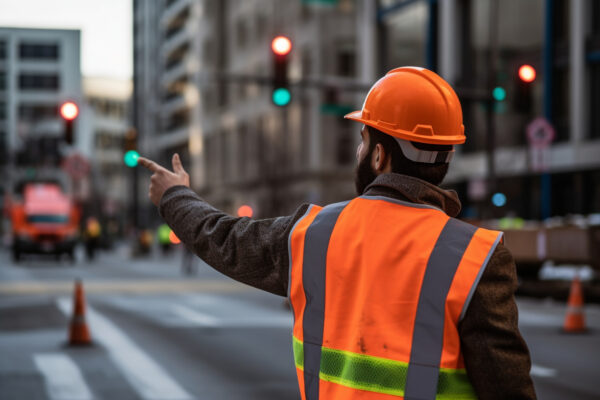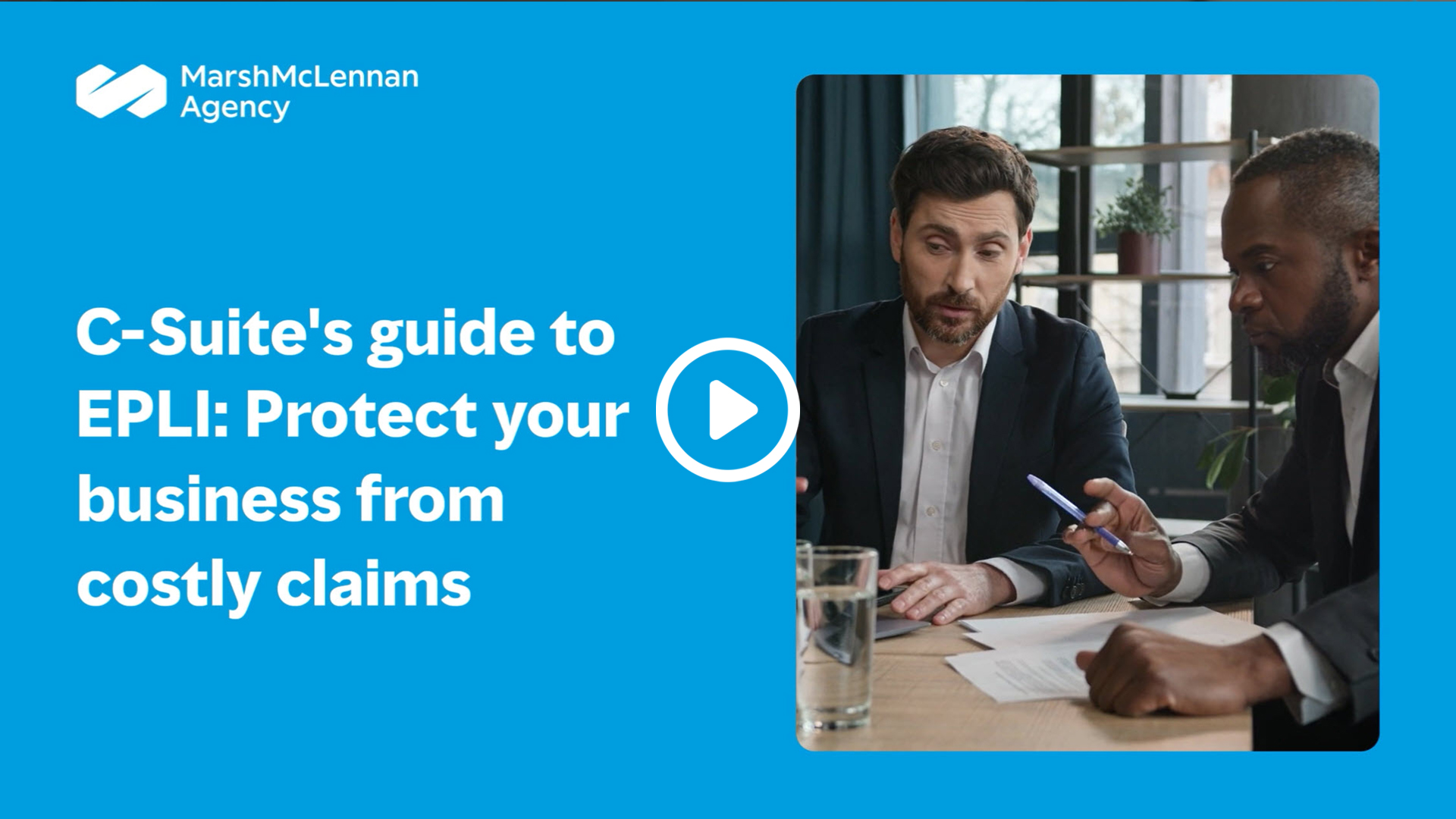 Flaggers are a very important part of the construction crew. They ensure that other workers can get the job done by diverting traffic away from the job site. They’re required on construction sites where barricades and signs can’t successfully divert traffic.
Flaggers are a very important part of the construction crew. They ensure that other workers can get the job done by diverting traffic away from the job site. They’re required on construction sites where barricades and signs can’t successfully divert traffic.
This position can be increasingly dangerous in high-speed areas or in the presence of aggressive drivers. When a worksite involves moving traffic, it is up to the roadside workers to protect the public and themselves from dangerous accidents. Here are some considerations to keep in mind and share with your workers when you’re planning roadside jobs.
Plan Ahead
Traffic controls should be implemented prior to the start of the roadwork by driving through the proposed traffic pattern.
- Use this dry run to make changes to the route so that it makes sense and is easy for motorists.
- Change any noticeable obstacles or areas that may be confusing before beginning the work.
Signs
- Follow the Manual on Uniform Traffic Control Devices provided from the U.S. Department of Transportation and your local and state regulations regarding proper signage and barricading.
- Place warning signs at the distance required by local and state regulations before the start of the work zone.
- Make signs highly visible and ensure they’re in good working order.
Barricades
- Place space cones, barrels, and other devices used to guide traffic close together throughout the construction site.
- Motorists shouldn’t be able to deviate from the path you feel is safest for them to travel.
Flagging Duties
- Control traffic with a highly visible sign paddle during the daytime.
- Ensure flaggers carry two-way radios to communicate with other workers.
- Alert motorists of the presence of flaggers by placing signage at the distance required by local and state regulations.
Vehicle Specifications
- Ensure all vehicles have backing alarms, two-way radios, and signs indicating “slow moving.”
- Ensure all vehicle operators are properly trained on how to operate the equipment.
- Place cones around vehicles parked on the side of the road to warn motorists to slow down and watch out for them.
Extra Precautions at Night
- Increase warning distances for signage.
- Ensure flaggers use orange-cone flashlights to guide traffic.
- Place flashing lights on barricades.
- Tape off excavation site access.
The safety and health of the workers performing various tasks during a temporary traffic control situation should be a major concern for employers. As an employer, you’re responsible for assessing the workplace to determine what hazards are present or are likely to be present, and devise solutions to minimize the risk of injury.
For more tips on all things safety, contact an MMA advisor




